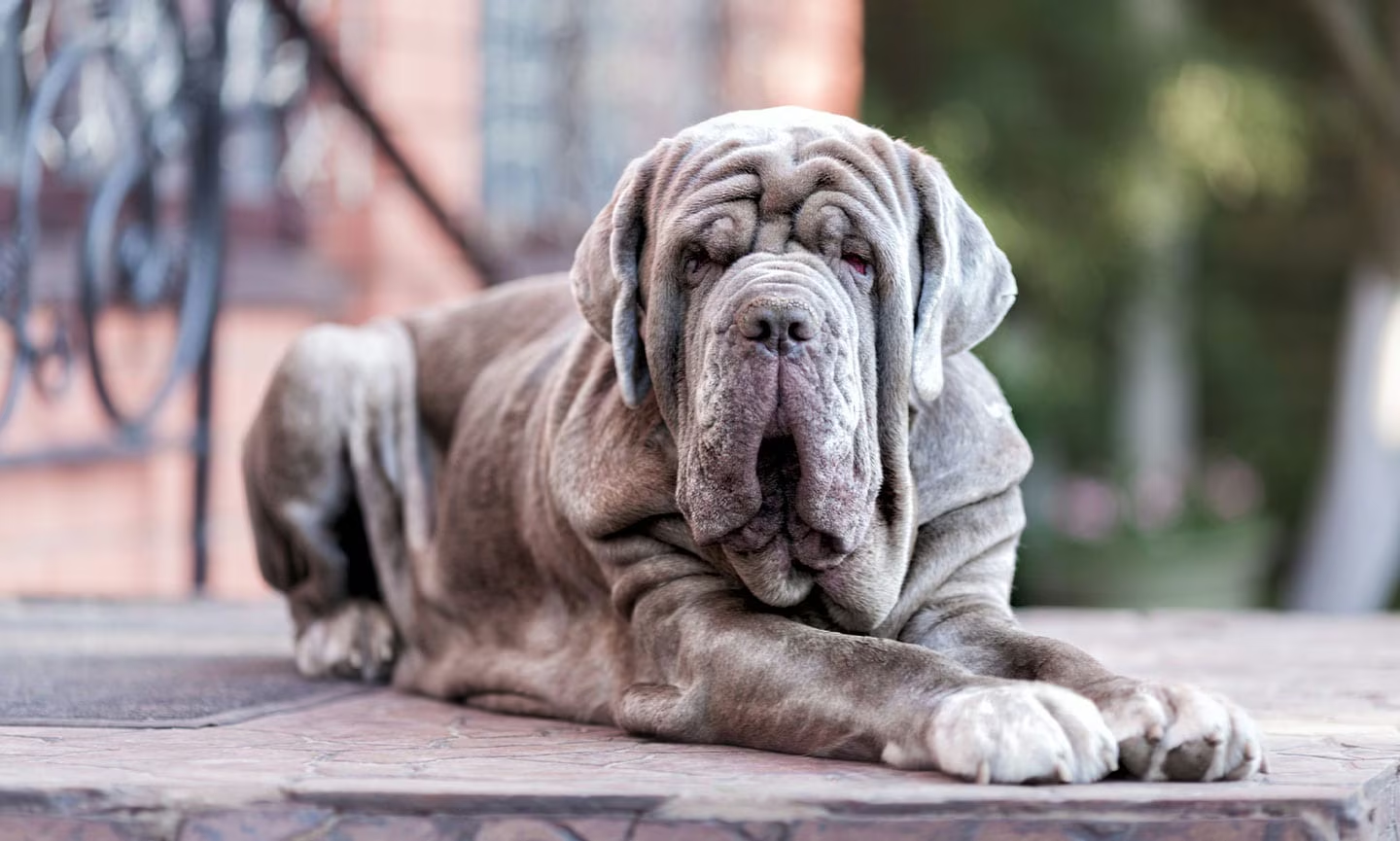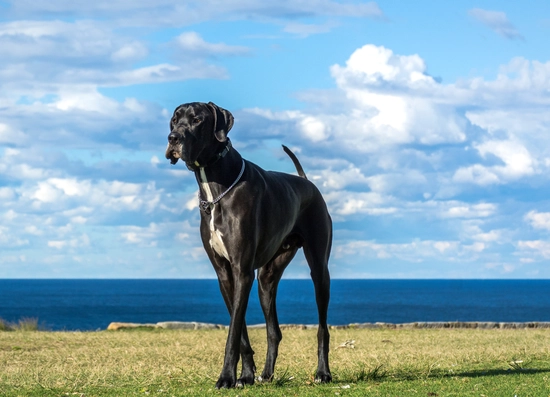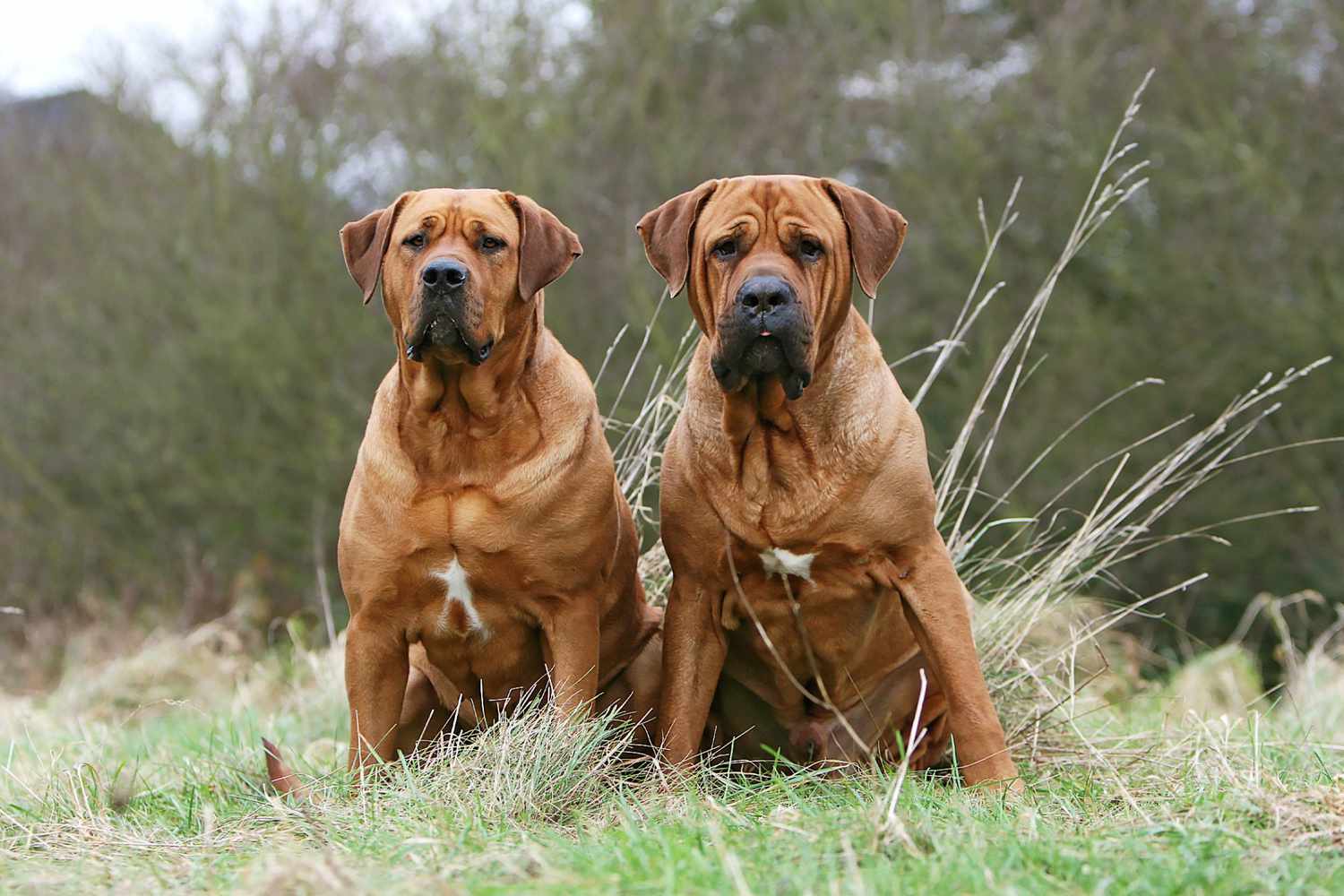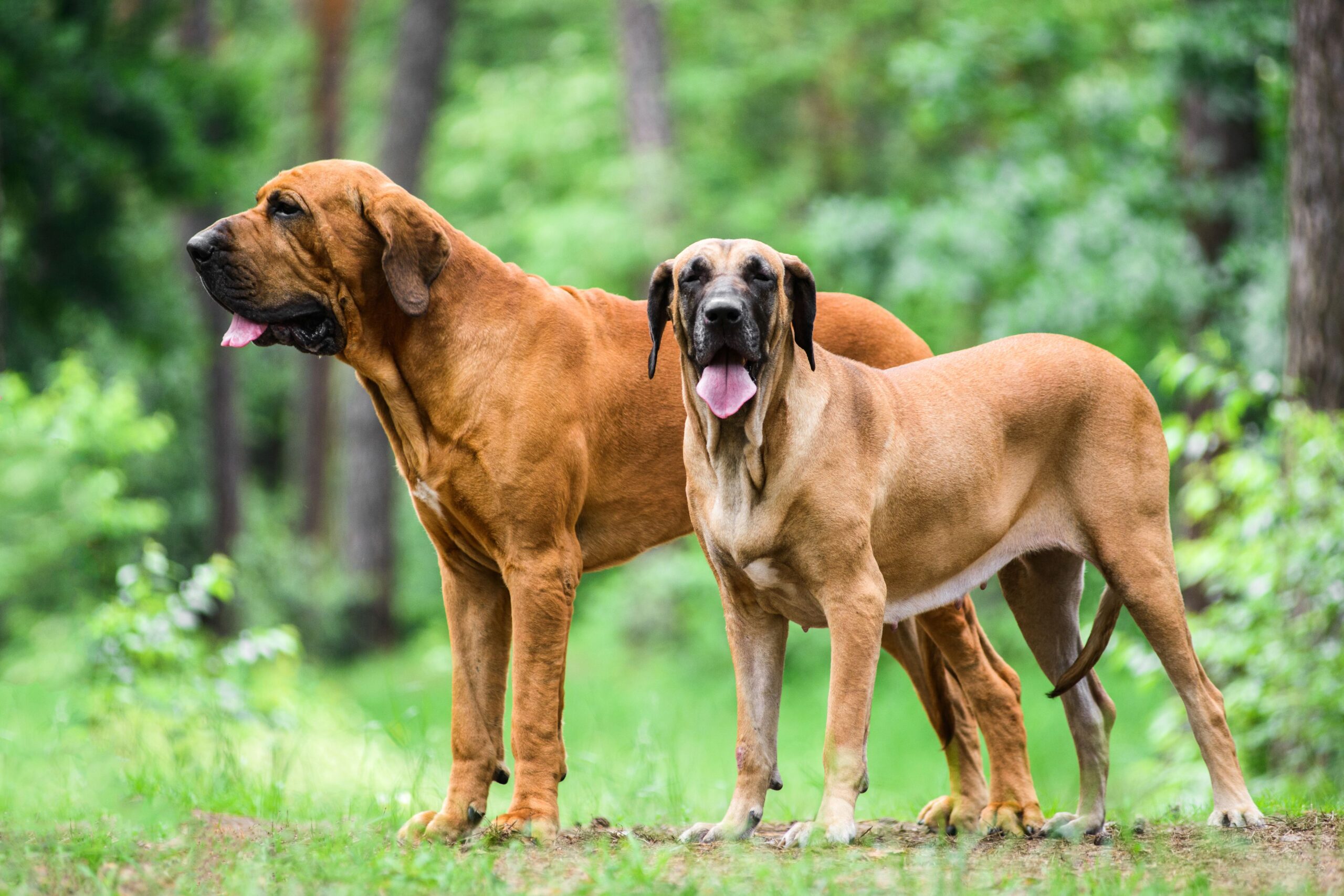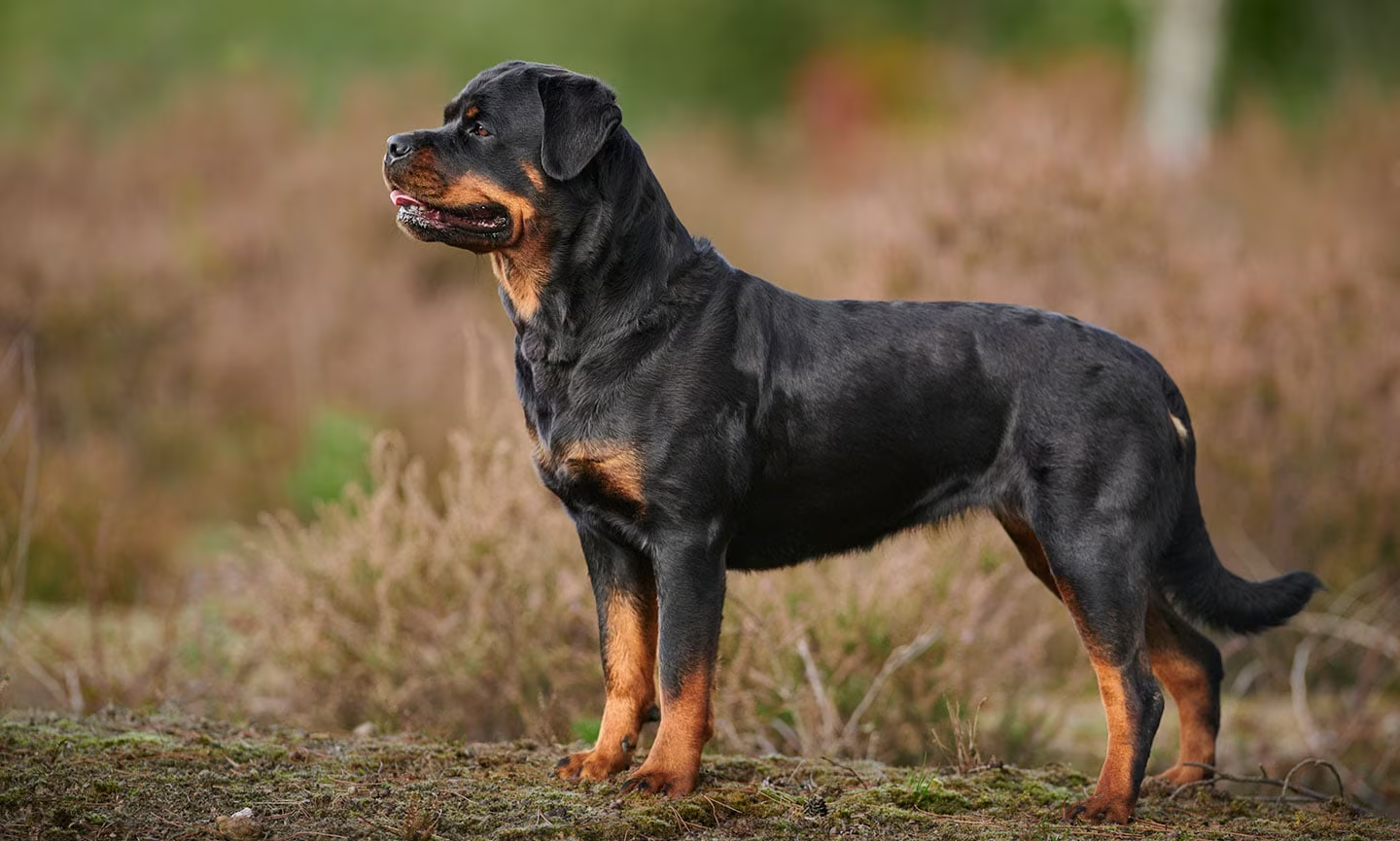Introduction: Meet the Ultimate Wrinkly Warrior
OMG, you guys. I’m about to introduce you to a dog breed that has literally been stopping people in their tracks since the days of ancient Rome. If you’ve never seen a Neapolitan Mastiff (or “Neo” for short) in real life, prepare yourself for an experience. These massive, wrinkle-faced giants look like they walked straight out of a fantasy novel, with their heavy folds of skin, enormous heads, and lumbering gaits that somehow manage to be both intimidating and utterly endearing.
The first time I saw a Neapolitan Mastiff at a dog show, I actually gasped out loud. There’s something almost primordial about these dogs—they tap into something deep in our collective unconscious that recognizes power, protection, and ancient wisdom. Standing between 24-31 inches at the shoulder and weighing anywhere from 110-200 pounds, Neos are living sculptures, carefully crafted over centuries to be the ultimate guardian breed.
But here’s the thing that gets me about these magnificent beasts: behind that imposing exterior and those soulful eyes hidden in folds of wrinkles is a dog with a heart of absolute gold. Despite their intimidating appearance, properly raised Neapolitan Mastiffs are gentle giants—affectionate with their families, patient with children, and yes, often convinced they’re lap dogs despite weighing as much as a fully grown adult human.
Whether you’re considering adding one of these wrinkly wonders to your family or just fascinated by unique dog breeds, let’s dive into everything you need to know about the magnificent Mastino Napoletano. Spoiler alert: you might need to invest in drool towels. Like, a lot of them.
Ancient History: From Roman War Dogs to Family Guardians
The Neapolitan Mastiff’s history reads like an epic adventure spanning thousands of years. These aren’t just dogs; they’re living artifacts with a lineage that can be traced back to ancient times. Evidence of their ancestry dates all the way back to 3000 BCE—we’re talking Bronze Age here, people!
The breed’s most famous ancestors were the Molossus dogs, massive war canines used by ancient armies. Around 330 BCE, Alexander the Great reportedly crossed giant Macedonian war dogs with short-haired Indian dogs to create formidable battle companions. When the Romans conquered Greece, they adopted these impressive dogs and further developed them for various purposes: war, hunting, guarding, and even fighting in the Colosseum.
After the fall of the Roman Empire, these powerful dogs found their way to the countryside around Naples, Italy, where local farmers continued breeding them as estate and farm guardians. Over generations, the Italian breeders in the Neapolitan region focused specifically on creating an intimidating guardian that would protect homes and property through sheer visual deterrence. The dogs’ characteristic loose skin and wrinkles weren’t just for show—they served a practical purpose in fights with predators or intruders, allowing a Neo to twist in its skin if grabbed and still strike back.
Throughout the centuries, the Mastino became known as the “big dog of the little man”—a reference to how these impressive guardians protected ordinary farmers and families, not just the wealthy elite. They became the ultimate protection dog that would defend their territory with unwavering loyalty while being gentle and affectionate with their own family.
The breed nearly disappeared during World War II, when food shortages and widespread destruction threatened many European dog breeds. Fortunately, Italian dog enthusiasts recognized the Neapolitan Mastiff as an important cultural treasure. In 1946, a dog show in Naples featured eight of these magnificent dogs, catching the attention of journalist Piero Scanziani, who became fascinated with the breed and developed the first official breed standard.
The Neapolitan Mastiff started gaining international recognition in the 1970s, reaching the United States around the same time. However, it wasn’t until 2004 that the American Kennel Club officially recognized the breed. Though still relatively uncommon in North America, these gentle giants have been steadily winning hearts with their unique appearance and devoted temperament.
Physical Characteristics: Wrinkles on Wrinkles on Wrinkles
Let’s talk about the Neo’s most obvious feature: that incredible, unforgettable face. If there were a competition for “Most Wrinkles on a Dog,” the Neapolitan Mastiff would win hands down, no contest. Their face is a masterpiece of folds, wrinkles, and droopy skin that gives them a perpetually concerned expression that is somehow both intimidating and adorably sad at the same time.
These dogs are massive—not just big, but MASSIVE. Males typically stand 26-31 inches at the shoulder and weigh 150-200 pounds, while females come in slightly smaller at 24-29 inches and around 110-150 pounds. But it’s not just their size that makes them imposing; it’s their incredible bone structure and musculature. Neos have broad, deep chests, substantial shoulders, and thick, powerful limbs that speak to their guardian heritage.
The Neapolitan Mastiff’s head is large and blocky, with a broad skull and powerful jaws. Their muzzle is wide and deep, and their ears are set high on their head, hanging down close to their cheeks. Their eyes are deep-set and typically dark, often partially hidden by the surrounding folds of skin, which gives them their characteristic pensive expression.
Their coat is short and dense, which thankfully makes grooming relatively straightforward (more on that later). Neapolitan Mastiffs come in several colors: black, blue (gray), mahogany, and tawny, sometimes with brindle patterning. Many have a black mask on their face, which only adds to their dramatic appearance.
One of the most distinctive features of the Neo is their movement. They have a unique, lumbering gait that’s often described as resembling a big cat more than a dog. It’s slow, deliberate, and conveys incredible power with each step. When a Neapolitan Mastiff walks into a room, you don’t just see them—you feel their presence.
And yes, we need to talk about the drool. Due to their loose jowls and lips, Neapolitan Mastiffs are champion droolers. After they drink water, eat, or get excited, prepare for some serious slobber. Neo owners quickly learn to keep drool towels strategically placed around the house. If you’re a neat freak or particularly concerned about cleanliness, this might be a deal-breaker—but for devoted Neo lovers, it’s just part of the package.
Temperament: Gentle Giants with a Protective Heart
Despite their somewhat intimidating appearance, well-bred and properly socialized Neapolitan Mastiffs are known for being surprisingly gentle and affectionate with their families. These dogs are the definition of “gentle giants”—calm, steady, and incredibly loving toward their people.
Neos form intense bonds with their families and are particularly known for their patience with children. However, due to their massive size, interactions between Neapolitan Mastiffs and small children should always be supervised—not because the dog is likely to be aggressive, but because they might accidentally knock over a child simply by turning around or moving too quickly.
With strangers, it’s a different story. Neapolitan Mastiffs are naturally wary and reserved with people they don’t know—a trait that makes them excellent guardians. They don’t typically bark without reason, but their deep, powerful bark and imposing presence are usually more than enough to deter unwanted visitors. Most Neos won’t show aggression unless they perceive a genuine threat to their family or territory.
These dogs are intelligent but can show an independent streak. They were bred to make independent decisions while guarding property, and this trait remains in the modern breed. This doesn’t mean they’re untrainable—quite the opposite—but it does mean they respond best to confident, consistent training that respects their dignity. Harsh methods don’t work with these sensitive souls; they require patience, positive reinforcement, and mutual respect.
One surprising aspect of the Neo’s personality is how attached they become to their people. Despite their capability as independent guardians, they truly want to be with their families and can experience separation anxiety if left alone too much. They’re not high-energy dogs that need constant stimulation, but they do need companionship and inclusion in family activities.
Another key thing to understand about Neapolitan Mastiffs: they mature slowly, both physically and mentally. A Neo may physically reach adult size by about 18 months, but mentally they often remain puppyish until they’re around three years old. This means an extended period of patient training and consistent boundaries as they grow into their massive bodies and equally substantial personalities.
Training and Socialization: Critical for a Well-Balanced Neo
I cannot stress this enough: early, consistent training and thorough socialization are absolutely essential for Neapolitan Mastiffs. Given their size, strength, and protective instincts, an untrained Neo can become a serious liability. The good news is that with proper guidance, these intelligent dogs can become well-mannered companions that are a joy to live with.
Training should begin the day your Neapolitan Mastiff puppy comes home. Even at 8-12 weeks, these puppies are already substantial, and they grow quickly. Establishing clear boundaries and expectations from the beginning will help your Neo understand their place in the family structure.
Positive reinforcement is the only way to go with these sensitive giants. Harsh corrections or punishment-based training methods can damage your relationship with your Neo and potentially trigger defensive behavior. Instead, reward good behavior with treats, praise, and affection, and redirect unwanted behaviors to more appropriate activities.
Socialization is equally crucial. Your Neo needs positive experiences with a wide variety of people, animals, environments, and situations during their formative months. This helps them learn to distinguish between normal situations and genuine threats. Without proper socialization, a Neapolitan Mastiff may become fearful or unnecessarily aggressive toward strangers or other dogs—something you definitely want to avoid in a dog of this size.
Leash training is a non-negotiable skill. An adult Neo can easily outweigh their handler, so teaching loose-leash walking from puppyhood is essential. Similarly, a solid recall command could literally be a lifesaver. However, due to their protective nature, Neapolitan Mastiffs should never be off-leash in unenclosed public areas, regardless of how well-trained they are.
One aspect of training that’s particularly important for Neos is establishing yourself as a calm, confident leader. This doesn’t mean dominating your dog—it means providing clear, consistent guidance and boundaries. When a Neapolitan Mastiff respects and trusts their owner, they’re more likely to look to them for direction in uncertain situations rather than making their own (potentially problematic) decisions.
Health Considerations: Caring for Your Gentle Giant
Like many large breeds, Neapolitan Mastiffs have a relatively short lifespan compared to smaller dogs, typically living around 8-10 years. However, with proper care and attention to their specific health needs, you can help ensure your Neo enjoys the best quality of life during their time with you.
The most common health issues in Neapolitan Mastiffs include:
- Hip and elbow dysplasia – these joint conditions are common in many large breeds
- Heart conditions – including dilated cardiomyopathy
- Eye issues – particularly ectropion (outward-rolling eyelids) and entropion (inward-rolling eyelids)
- Bloat (gastric dilatation-volvulus) – a potentially life-threatening condition where the stomach fills with gas and can twist
- Skin fold dermatitis – due to their abundant skin folds
- Cherry eye – a protrusion of the third eyelid gland
When purchasing a Neapolitan Mastiff puppy, it’s absolutely crucial to work with a reputable breeder who performs health screenings on their breeding stock. Responsible breeders will test for hip and elbow dysplasia, heart conditions, and eye problems at minimum. Ask to see documentation of these tests and the health history of the puppy’s parents and grandparents if possible.
Weight management is another critical aspect of keeping your Neo healthy. Extra pounds put additional strain on their already-taxed joints and can exacerbate conditions like dysplasia. Feed your Neapolitan Mastiff a high-quality diet appropriate for giant breeds, and be careful not to overfeed. Giant breed puppies should be fed specially formulated food to support slow, steady growth rather than rapid weight gain, which can lead to skeletal problems.
Exercise needs for Neos are moderate. They’re not high-energy dogs that need hours of vigorous activity, but they do require regular, gentle exercise to maintain muscle tone and joint health. Daily walks and the opportunity to move around a securely fenced yard are usually sufficient. Avoid high-impact activities, especially when they’re young and their joints are still developing.
Another important health consideration for Neapolitan Mastiffs is temperature sensitivity. Due to their short coats and bulk, they can overheat easily in hot weather. Conversely, despite their size, they don’t have particularly thick coats and can get cold in winter. Monitor your Neo carefully in extreme temperatures and provide appropriate shelter, cooling, or warmth as needed.
Grooming: Managing All Those Wrinkles
The Neapolitan Mastiff’s short coat is relatively low-maintenance in terms of brushing and bathing, but those magnificent wrinkles require special attention to prevent skin issues. Here’s what you need to know about keeping your Neo clean and healthy:
First, the basics: brush your Neo’s coat weekly with a soft bristle brush or rubber grooming mitt to remove loose hair and distribute skin oils. They do shed, particularly during seasonal changes in spring and fall, but it’s generally manageable with regular grooming. Bathe your Neo only when necessary, as too-frequent bathing can strip the natural oils from their skin and coat, potentially leading to dryness and irritation.
Now for the wrinkles—this is where Neo grooming gets serious. Those magnificent folds of skin need regular cleaning to prevent moisture, dirt, and bacteria from causing skin infections. Using a damp cloth or unscented baby wipe, gently clean between the folds, paying particular attention to the face, neck, and body wrinkles. After cleaning, it’s crucial to thoroughly dry these areas, as moisture trapped in skin folds can quickly lead to irritation or infection.
The Neapolitan Mastiff’s ears also require regular attention. Their drop ears can trap moisture and debris, making them prone to infections. Check your Neo’s ears weekly for signs of redness, odor, or excessive discharge, and clean them as recommended by your veterinarian.
Dental care is important for all dogs, but particularly for giant breeds like the Neapolitan Mastiff. Establish a tooth-brushing routine early in your Neo’s life, ideally brushing their teeth several times a week with a dog-specific toothpaste. Regular dental check-ups with your veterinarian are also recommended.
Nail trimming can be challenging with Neos due to their size and strength. Start handling your puppy’s paws from an early age to get them comfortable with the process. If you’re not confident trimming the nails of such a large dog, professional groomers or veterinary staff can help.
Finally, keep drool management in mind as part of your grooming routine. Many Neo owners keep “drool towels” strategically placed around the house and carry them when out in public. After meals or water breaks, a quick wipe of your dog’s jowls can prevent strings of drool from decorating your walls, furniture, and clothes.
Living With a Neapolitan Mastiff: Real Talk
Let’s get down to the nitty-gritty: what’s it actually like sharing your home with one of these magnificent beasts? First off, you’ll need space—and lots of it. While Neos aren’t particularly high-energy, they are LARGE and need room to move comfortably. A house with a securely fenced yard is ideal; apartment living is generally not recommended for this breed.
Your home will need to accommodate a dog of considerable size. Narrow hallways, delicate furniture, and valuable knick-knacks at tail height might not fare well with a Neo lumbering through your space. Many owners find themselves rearranging to create wider pathways and removing items that could be easily knocked over.
The drool factor cannot be overstated. If you invite a Neapolitan Mastiff into your life, you’re also inviting slobber. After drinking, eating, exercising, or getting excited, expect impressive strings of drool. Neo owners quickly learn to keep drool towels within arm’s reach at all times, and many develop a sort of sixth sense for the characteristic head shake that precedes a drool shower.
Despite their size and guardian nature, Neos are typically calm and quiet indoors. They’re not bouncy, hyperactive dogs that will race through your house. In fact, they’re often quite content to lounge on their (oversized) dog bed, keeping a watchful eye on their family’s activities. However, they do want to be where you are—separation from their people can cause anxiety in these devoted dogs.
When visitors come over, you’ll need a plan. Proper socialization helps, but even well-socialized Neos may be wary of strangers in their territory. Many owners establish a routine for visitors, such as introducing them outside first or having the owner greet guests before bringing the dog in. Once a Neo accepts someone, they’re typically friendly and even affectionate on subsequent visits.
Financial considerations are also important. Everything about owning a giant breed costs more: food, medications, veterinary procedures, boarding, grooming supplies, beds, crates—you name it. Health issues common to the breed can also lead to significant veterinary expenses. Pet insurance is something to seriously consider with a Neapolitan Mastiff.
Finally, be prepared for public attention. Walking a Neapolitan Mastiff is never an incognito experience. People will stop, stare, ask questions, want to take photos, and sometimes approach (often unwisely) without asking. This can be an opportunity to educate people about the breed, but it can also become tiresome. Training your Neo to remain calm during these interactions is essential.
Is a Neapolitan Mastiff Right for You?
Let’s be real—Neapolitan Mastiffs are extraordinary dogs, but they’re definitely not for everyone. Here’s a quick assessment to help you determine if you might be a good match for one of these wrinkly wonders:
You might be ready for a Neapolitan Mastiff if:
- You have experience with large, guardian breeds
- You have adequate space, including a securely fenced yard
- You’re home frequently and can provide companionship
- You’re willing to commit to consistent training and socialization
- You can afford the higher costs associated with a giant breed
- You’re patient and willing to work through potential health issues
- You don’t mind drool—lots and lots of drool
A Neapolitan Mastiff probably isn’t right for you if:
- You’re a first-time dog owner
- You live in an apartment or small home
- You’re away from home for long periods
- You’re extremely house-proud or bothered by messiness
- You can’t commit to regular veterinary care and potential health expenses
- You want a dog that can go everywhere with you (Neos don’t typically do well in dog parks or crowded public spaces)
If you’ve assessed yourself honestly and still feel a Neo would be a good fit, please prioritize adoption or purchasing from a reputable breeder who prioritizes health and temperament. Due to their size and specific needs, poorly bred Neapolitan Mastiffs often end up in rescue situations. The United States Neapolitan Mastiff Club and Mastino Rescue, Inc. are good resources for both breeder referrals and rescue information.
Conclusion: Ancient Guardians with Hearts of Gold
The Neapolitan Mastiff is truly a living piece of history—a direct link to the ancient world and a testament to the enduring bond between humans and their canine protectors. From the battlefields of ancient Rome to the modern family home, these dogs have maintained their core qualities of devotion, protection, and gentle affection toward their people.
What makes Neos particularly special is their unique combination of imposing presence and tender heart. They are simultaneously one of the most intimidating-looking dog breeds and one of the most affectionate with their families. This duality—fierce guardian and gentle companion—is what has endeared them to devoted enthusiasts throughout the centuries.
Living with a Neapolitan Mastiff is not always easy. They require space, care, training, and a significant financial commitment. They’ll drool on your floors, snore loudly enough to wake the neighbors, and occasionally knock things over with their massive bodies or whip-like tails. But for those who understand and appreciate the breed, these minor inconveniences are far outweighed by the incredible bond formed with these majestic animals.
If you’re fortunate enough to share your life with a Neapolitan Mastiff, you’ll experience a level of devotion and protection that’s truly special. These aren’t just pets; they’re family members who take their role seriously. The connection you’ll form with a well-raised Neo is unlike any other, built on mutual respect, trust, and genuine affection.
In a world of increasingly standardized dog breeds, the Neapolitan Mastiff stands apart—a unique, almost otherworldly creature that reminds us of the incredible diversity and history of our canine companions. Whether you admire them from afar or welcome one into your home, there’s no denying the special place these wrinkly warriors hold in the pantheon of remarkable dogs.
